About
About US
About Aqua Safe Skills
Safeguarding Essential Water Industry Knowledge for the Next Generation
“Proven knowledge is so easily lost or discarded and is often replaced with information based on modelling or unworkable solutions.”

David Barry
Water Industry Advocate

About US
About Aqua Safe Skills
Safeguarding Essential Water Industry Knowledge for the Next Generation

“Proven knowledge is so easily lost or discarded and is often replaced with information based on modelling or unworkable solutions.”
David Barry
Water Industry Advocate
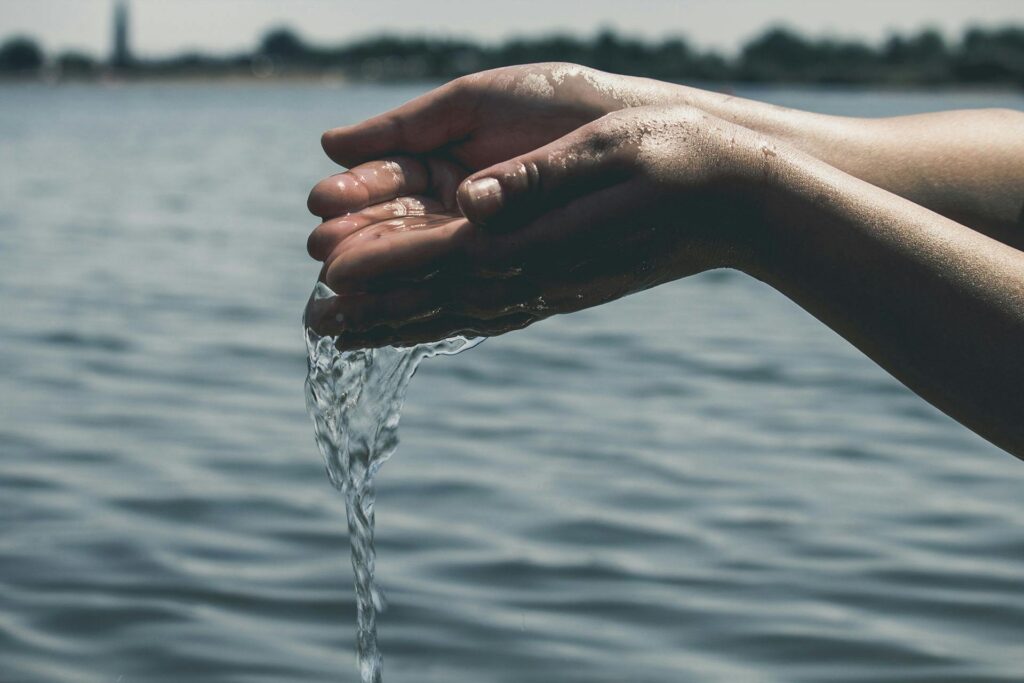
Our Mission
At Aqua Safe Skills, our mission is to provide reliable, accessible data and resources to water industry professionals. We aim to ensure that vital knowledge is passed on to the next generation of operators, managers, and contractors, contributing to safer and more efficient water operations.
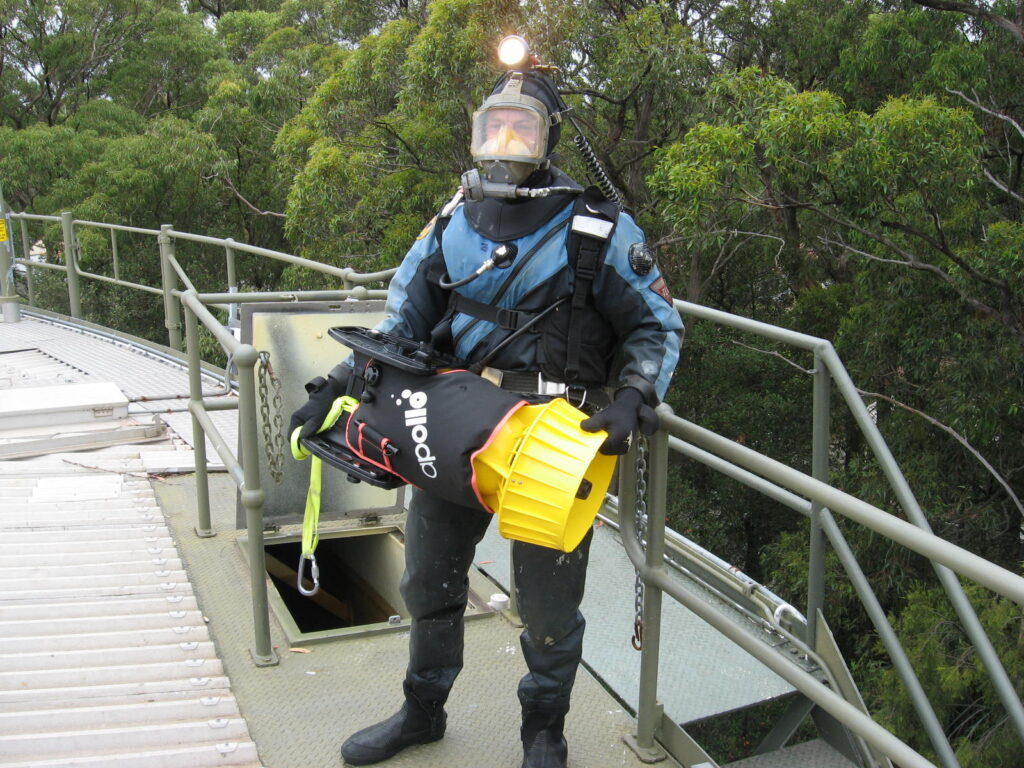
Our Vision
We envision a future where water industry professionals have access to proven, practical knowledge that helps them solve challenges and improve industry standards. By preserving and sharing data, we aim to eliminate inefficiencies and promote best practices across the sector.
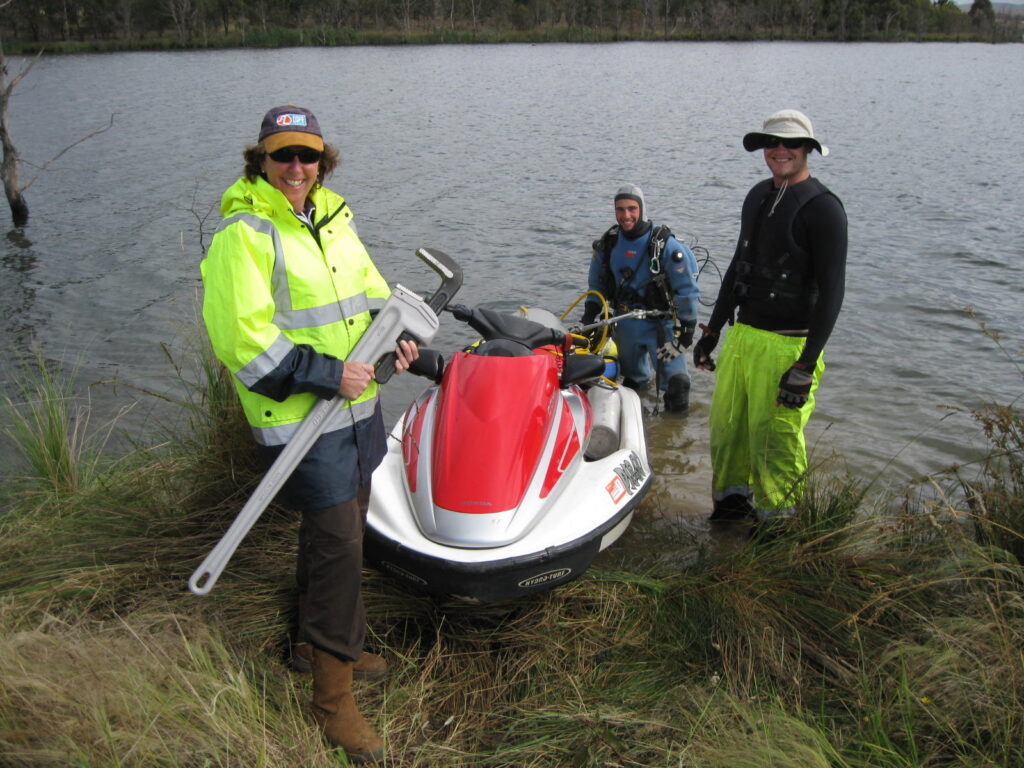
Our Expertise
With years of collective experience from water industry operators, management and contractors, Aqua Safe Skills curates a valuable legacy of data. Our specialized tools like the Titan Arm and our collaboration with ASAM RT offer innovative solutions to ensure safety and compliance in water operations.

Our Mission
At Aqua Safe Skills, our mission is to provide reliable, accessible data and resources to water industry professionals. We aim to ensure that vital knowledge is passed on to the next generation of operators, managers, and contractors, contributing to safer and more efficient water operations.

Our Vision
We envision a future where water industry professionals have access to proven, practical knowledge that helps them solve challenges and improve industry standards. By preserving and sharing data, we aim to eliminate inefficiencies and promote best practices across the sector.

Our Expertise
With years of collective experience from water industry operators, management and contractors, Aqua Safe Skills curates a valuable legacy of data. Our specialized tools like the Titan Arm and our collaboration with ASAM RT offer innovative solutions to ensure safety and compliance in water operations.
popular questions
Frequently asked questions
popular questions
Frequently asked questions
our team
Meet Our Expert Team
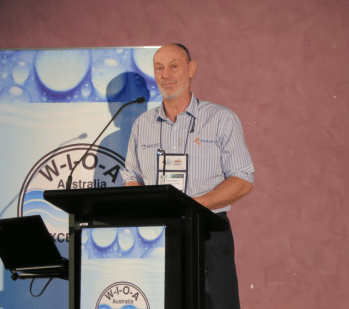
David Barry
Owner

Michael Salu CV
Structural Engineer

Joe Kowel
Protective Coatings

Rob Curtis
ROV & Drone Inspector
our team
Meet Our Expert Team

David Barry
Owner

Michael Salu CV
Structural Engineer

Joe Kowel
Protective Coatings

Rob Curtis
ROV & Drone Inspector
Our Commitment to Safety
Confined Space Access (Video)

Our Commitment to Safety
Confined Space Access (Video)

Information for you
Aqua Facts

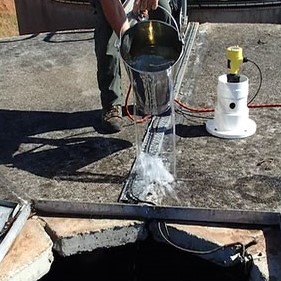
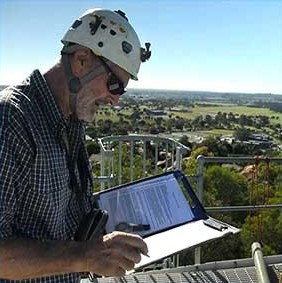
Information for you
Aqua Facts


